|
I was recently in Glasgow and despite it being August, perpetual and ferocious rain, which was swelling the river Kelvin at an alarming rate caused me to scurry into Kelvingrove Art Gallery. It is one of those high Victoria reddish buildings that are scattered around Glasgow with a sturdy solemnity. I think they have the function of stopping the city being washed away. I am being a bit mean, partly because getting soaked gave me a cold but it is a good gallery and worth a visit in its own right. So lets get cracking. There is a non-part of the museum which includes dinosaurs, social history etc but the bit I enjoyed most was the pre-history part. Stone axes and so on. However onto the art. There is a fair collection of paintings by John Pringle. There was a particularly good selection of oil sketches in a glass case but the reflection off the glass rather ruined the picture. They were very interesting to see. Of the other paintings on display this one on the top left, the River Saint-Gertrude. It is charming. Charming can be something that some people use as damning with feint praise but I think it is difficult to make something charming. I like my river scenes and the sky and the river are excellent. I like the way he uses horizontal strokes of paint for the water, giving a different texture to the surface of the water. I am coming increasingly to the view that landscapes need a figure to make them really work, context and interest. Not all the time obviously but certainly the figure in this painting gives an idea of scale. There were a couple of Lowry's on display and I will show you both of them but the first of them (above right) is extraordinary. I have never seen a Lowry without figures, without buildings before. It is just an empty seascape but I love it. Empty and mesmeric. It must have been difficult to overcome the urge to add something to it. The receding dark tones gives a great sense of perspective to the piece. Constable and Turner sit next to each other in this gallery, the dark super detail and moodyness of Constable landscape and sky, a real autumnal scene. Then sitting next to it the golden light of a Turner ethrealness, a real summer view. Portraiture now an a symphony in red and gold, firstly mainly red with an actually iconic Rossetti painting (above left) showing his classic red headed, ice maiden. Gold wall, gold frame, golden backdrop making the reds of the hair and shawl stand out from the backdrop. full of symbolism with all those flowers. Then more red than gold, is Wyndham Lewis' wife Froanna (above right). I really like it when artists riff on one colour, as Lewis has done here with red, all different shades of red. She doesn't look very happy though does she? A feeling that is emphasised by the distorted slightly twisted figure. There make a great pair these two paintings and credit to the curators for putting them next to each other. Buildings now and a Lowry and more what we come to think of as a Lowry (above left) a scampering of figures. The painting is called VE days and bunting scores across between the streets. There is never any greenery in Lowry paintings, it is all people and buildings, these odd perspectives and those very recognisable figures. The other one I have failed to record either the name of the painting or the painter but I really like it. It is a large apartment block (above right). There are lots of buildings like this in Glasgow and it has an architectural drawing or painting. In a number of the rooms are different scenes from just solitary cats to a fat man holding court at a party. I like the fact that it is set in winter too. Before we leave the gold room is a Ben Nicholson Still Life (above left) with is a deconstructed vase. I reminds me again of an architecture design or drawing. The colours are quite restrained and cooling, giving a scientific air to the whole thing. I would not be surprised to find out that there was some complex formula behind the whole thing. Into the green room, which focuses on the Glasgow Boys. There were various paintings by the various members of that particular groupings but my favourite of them with this bitty barky style was E A Hornel. He seems to specialise in children in fairy type settings and my faovurite of those is the one above right. I particularly like the snow drops. If you then ascend upstairs then there is a picture gallery running the length of the southern end of the Gallery, from it you can see the main hall (above right) which while I was there was being set up for an afternoon's organ recital. As well as paintings it contains a rather fine stained glass panel (above left). In said picture gallery there were a number of pictures that peaked my interest. These three pictures of women piqued my interest (above left). They are in clockwise from the top, the Artist's wife by William Hutchinson, A Lady by John Godward and Chritsina Mitchell McNeill by Thomas Duncan. It is the first of these I like, her somehow relaxed and intimate smile. It's a very warm picture and placing her against the folded red curtain makes her stand out. Pilot and Navigator Confer (above right) by Keith Henderson is an excellent war painting. Often the best war paintings don't actually show any violence. They show either the build up or the aftermath. The ones that actually show action tend to be far to propagandaish. Henderson's one is good. I like the intimacy between the two main figures. An array of still lives makes for a fine conurbation of painting above left). A combination of classical and more abstract. The top right one and the one below are by S J Peploe, one of the Glasgow boys. The spray of yellow tulips is particularly fine. Intricate and detailed and very eye catching is by Leslie Hunter. The way the curtain pattern reflects the central flower picture works well. As you circulate around the picture gallery you eventually end up in an impressive end gallery, packed full of Impressionists. Includes Monet, Pissaro, Matisse and various others. It is an eye catching bunch. I could do a whole post on just them, but they are also the kind of thing you could see in any gallery in the world. Instead I shall focus on one of my favourite and slightly lesser known Impressionists, Andre Dorain's Blackfriars Bridge (above right). The bridge itself barely features, instead you have that looming edifice in the foreground. I like that kind of thing and the way it plays against the luminous river is very good.
Is the figure waiting for someone to arrive or trying to muster the courage to go out. It is very good.
I have jumped ahead some what as there is a gallery of Dutch Masters (as well as a gallery of Scottish Colourists none of whom really grabbed me). This one (above left) is unusual for a Dutch Master being all light and interior. The arcs and the way they are rendered gives it an abstract air and the whole edifice dwarfs those tiny figures. It is called A Baptism in Saint Bavo's Haarlem by Pieter Saenredam, who I have to confess is a name new to me. There is of course much much more to be seen. It is well worth a visit.
0 Comments
Leave a Reply. |
Archives
June 2024
Categories |
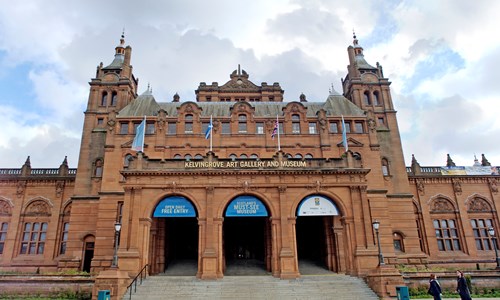
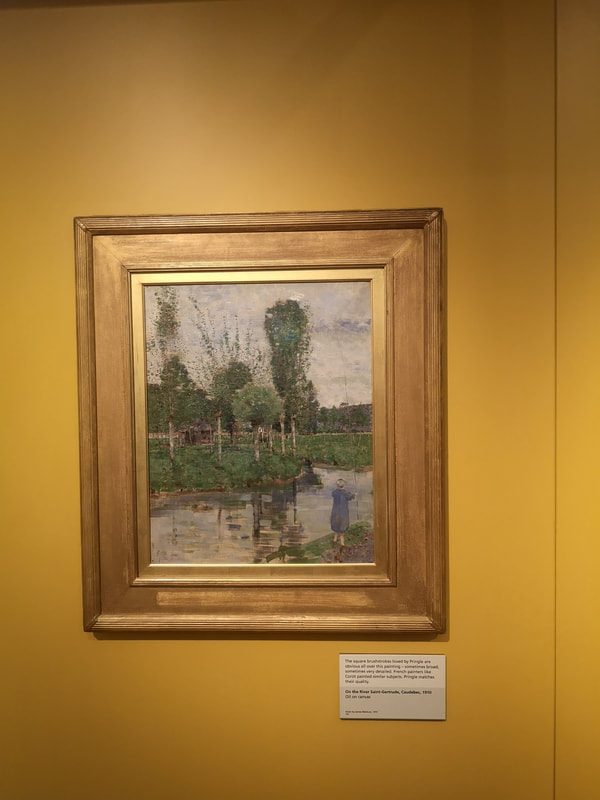
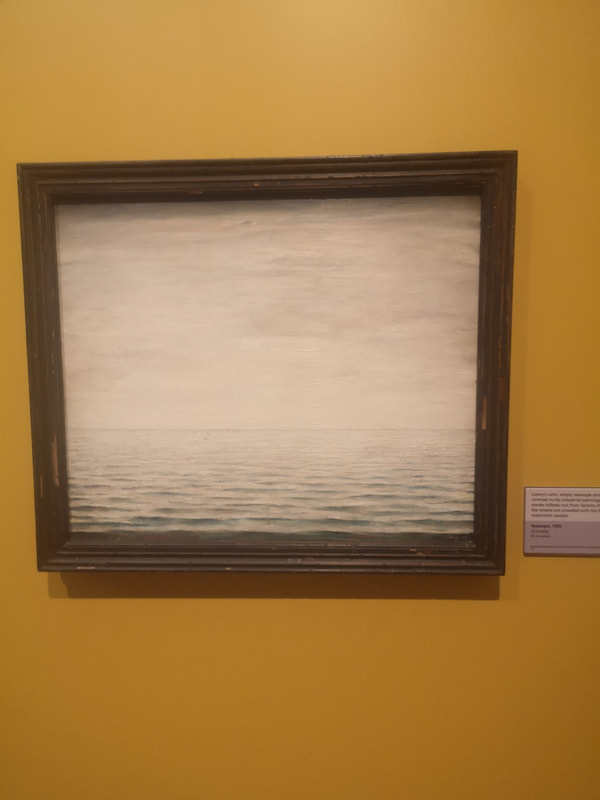
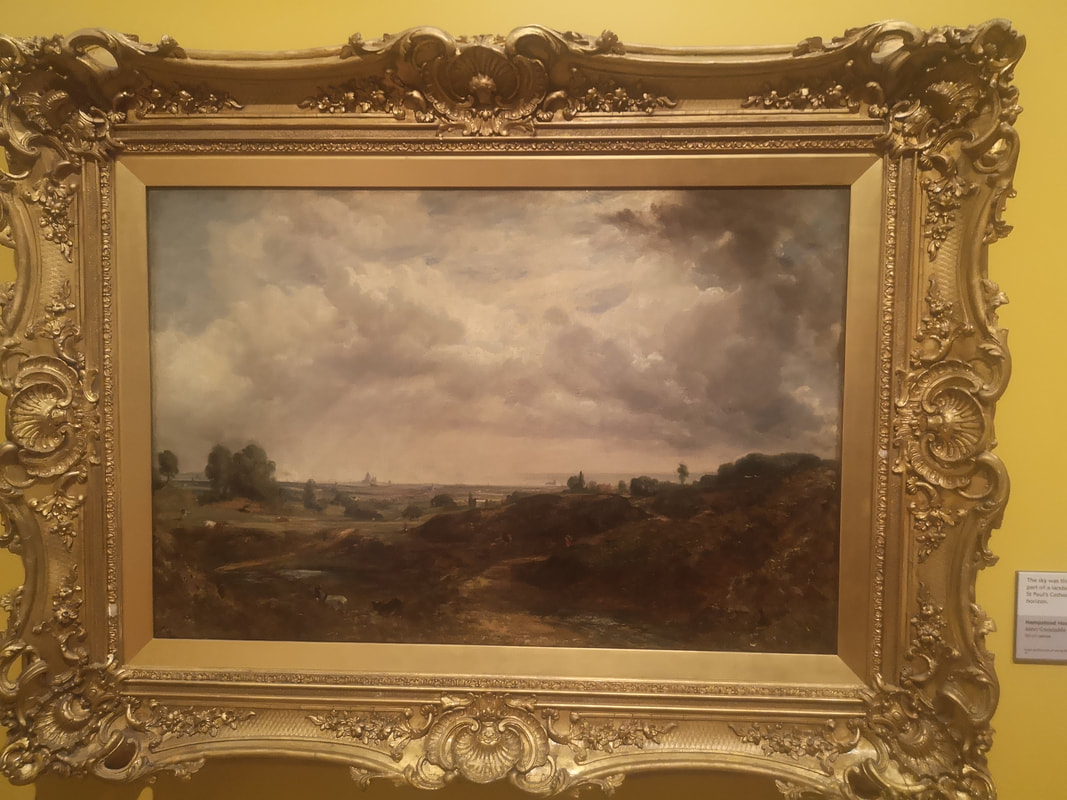
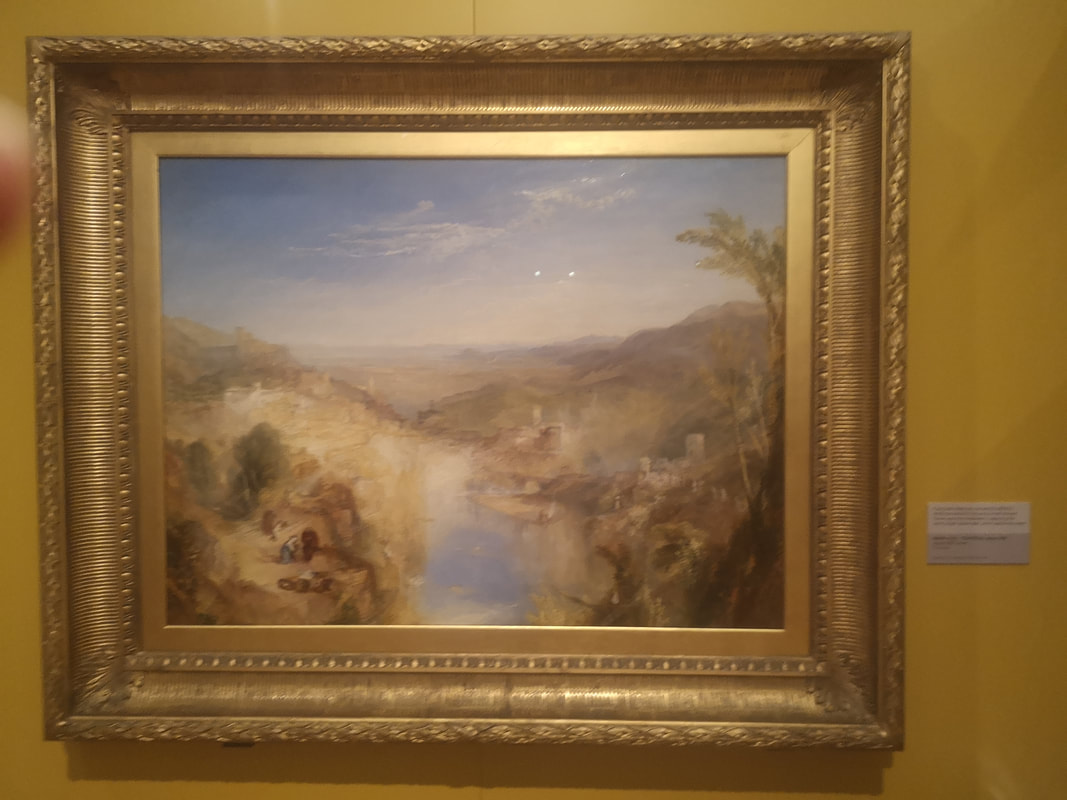
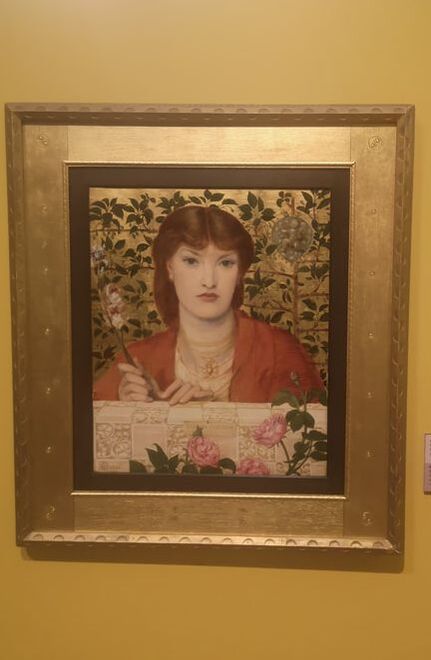
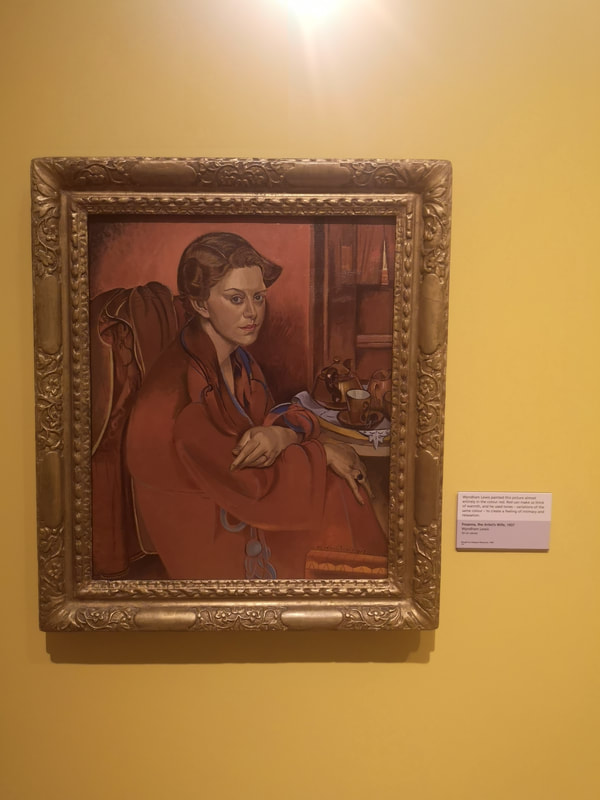
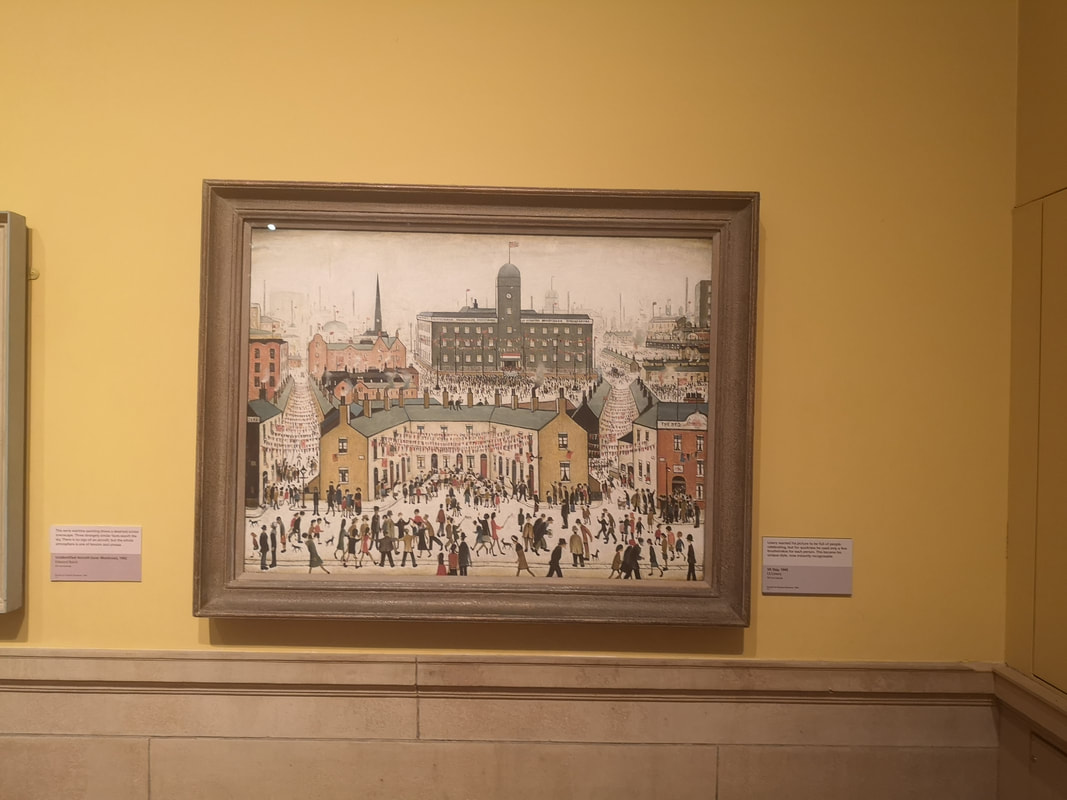
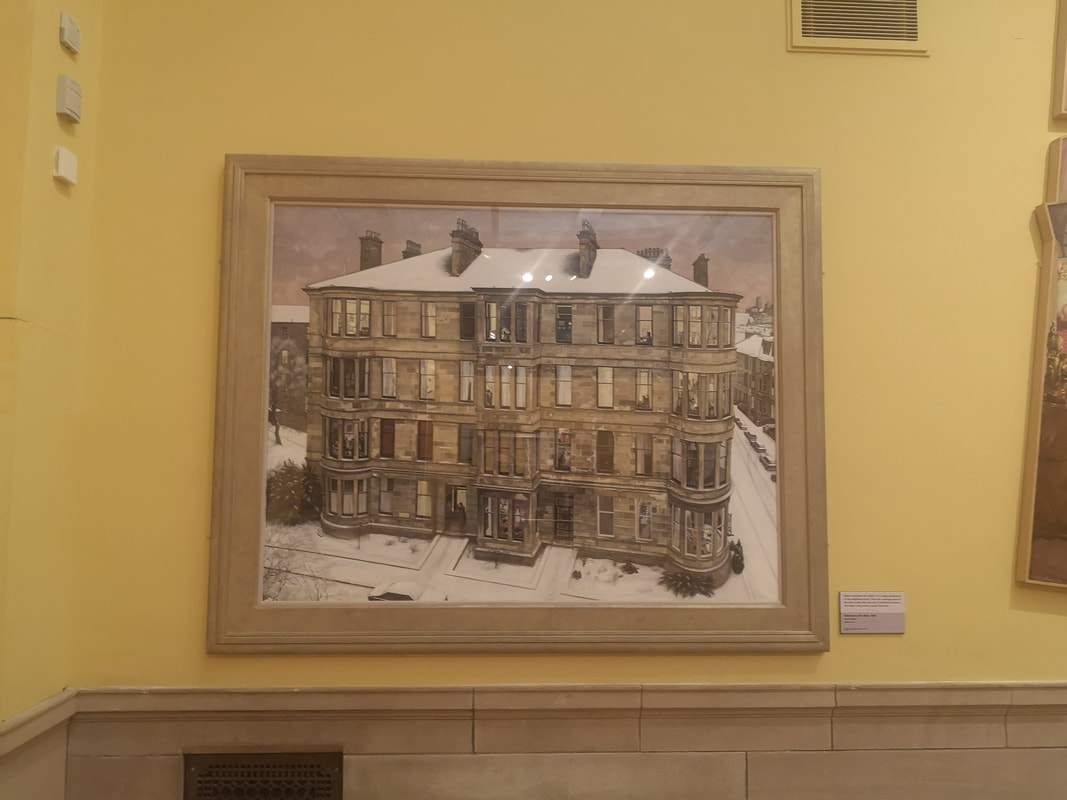
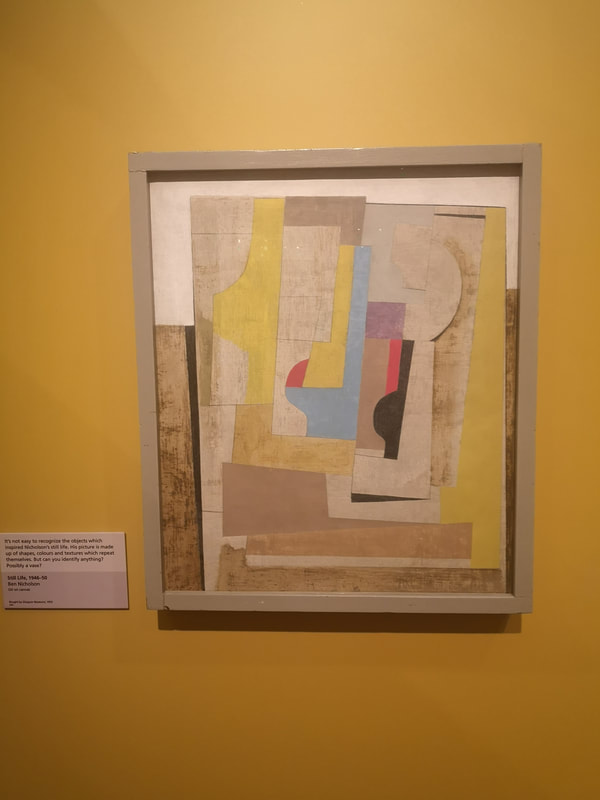
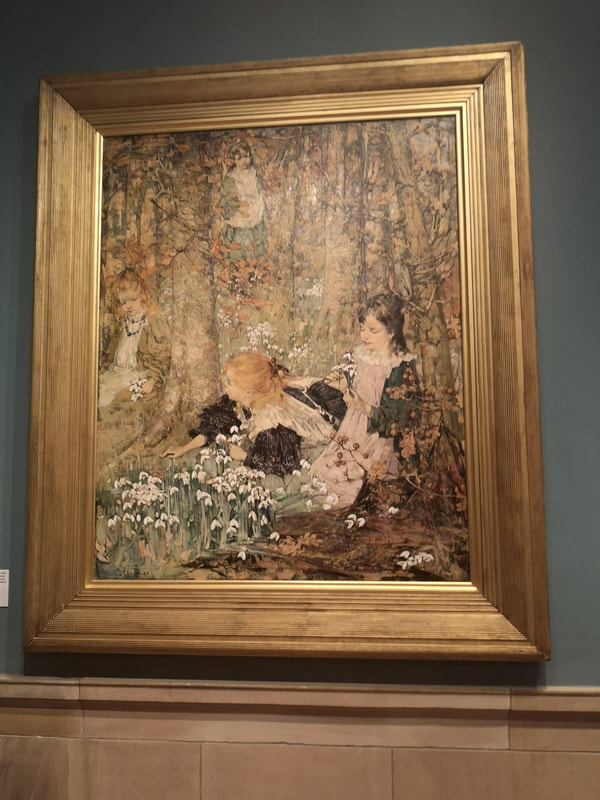
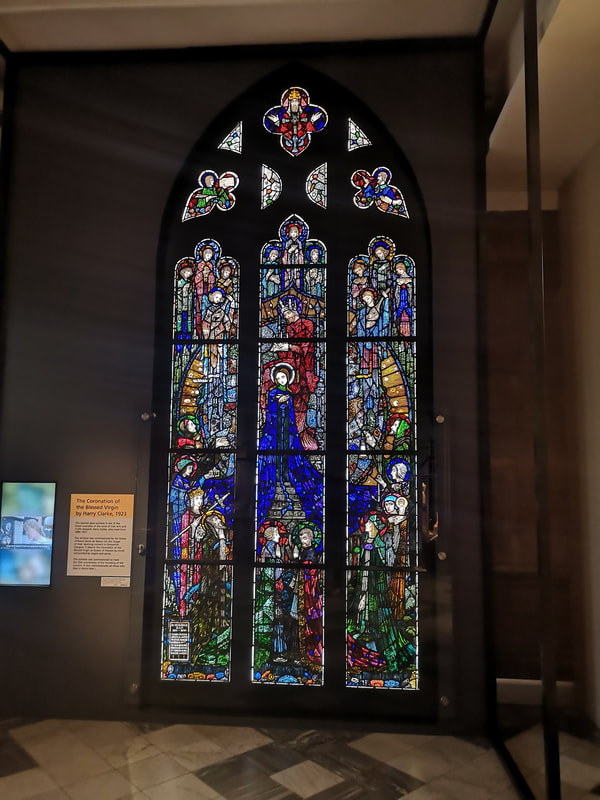
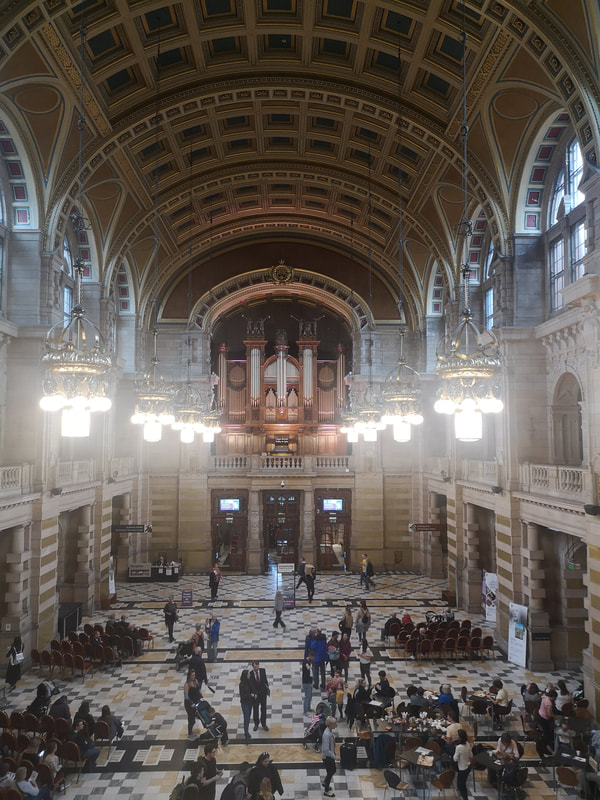
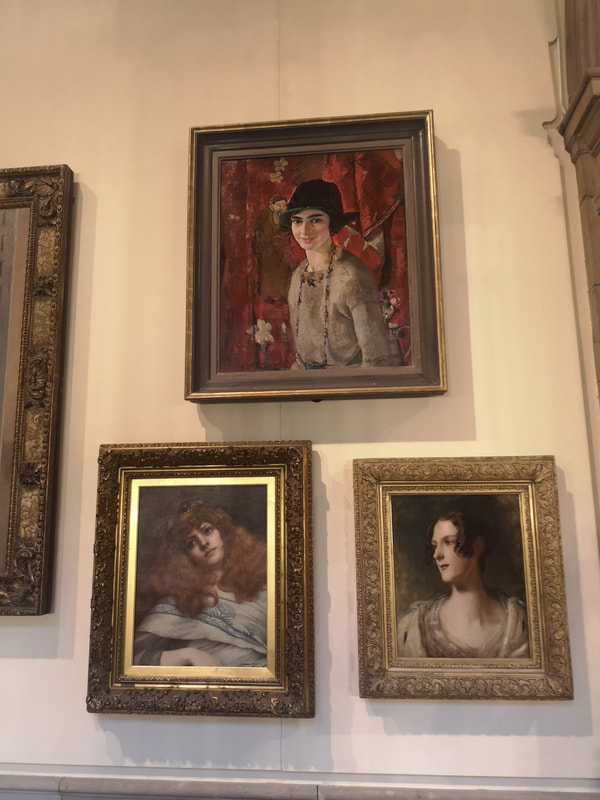
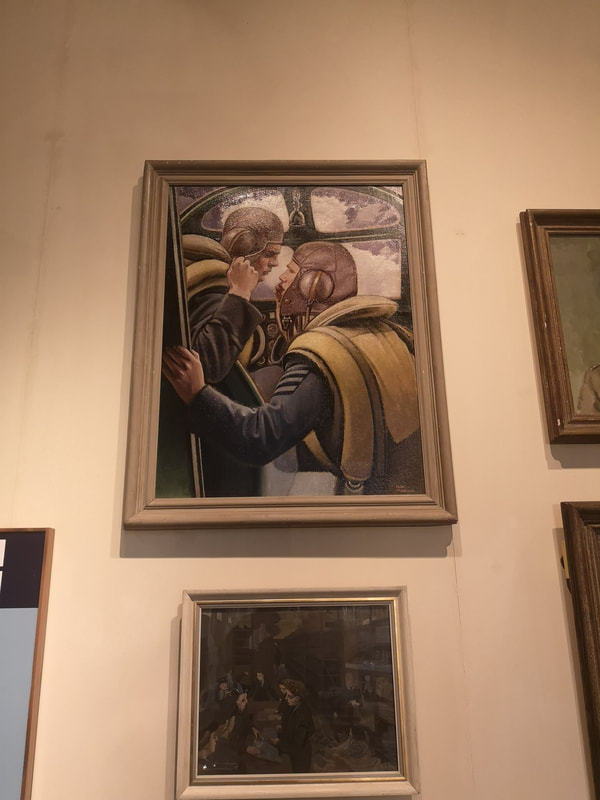
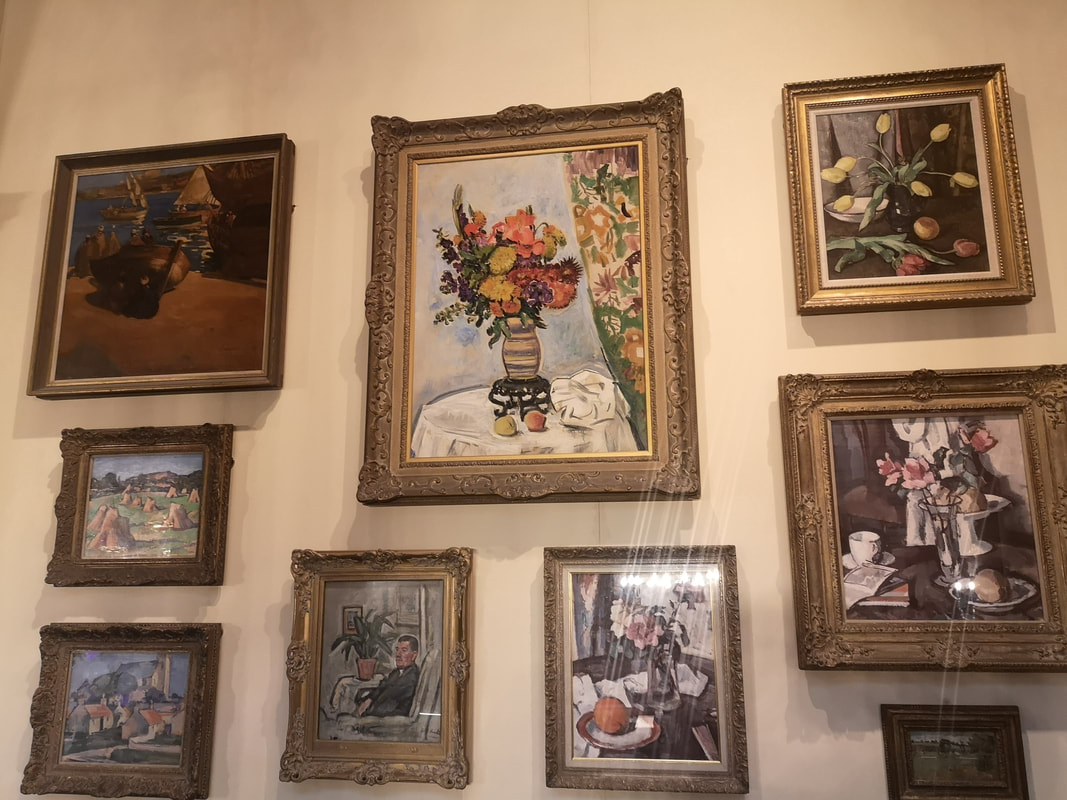
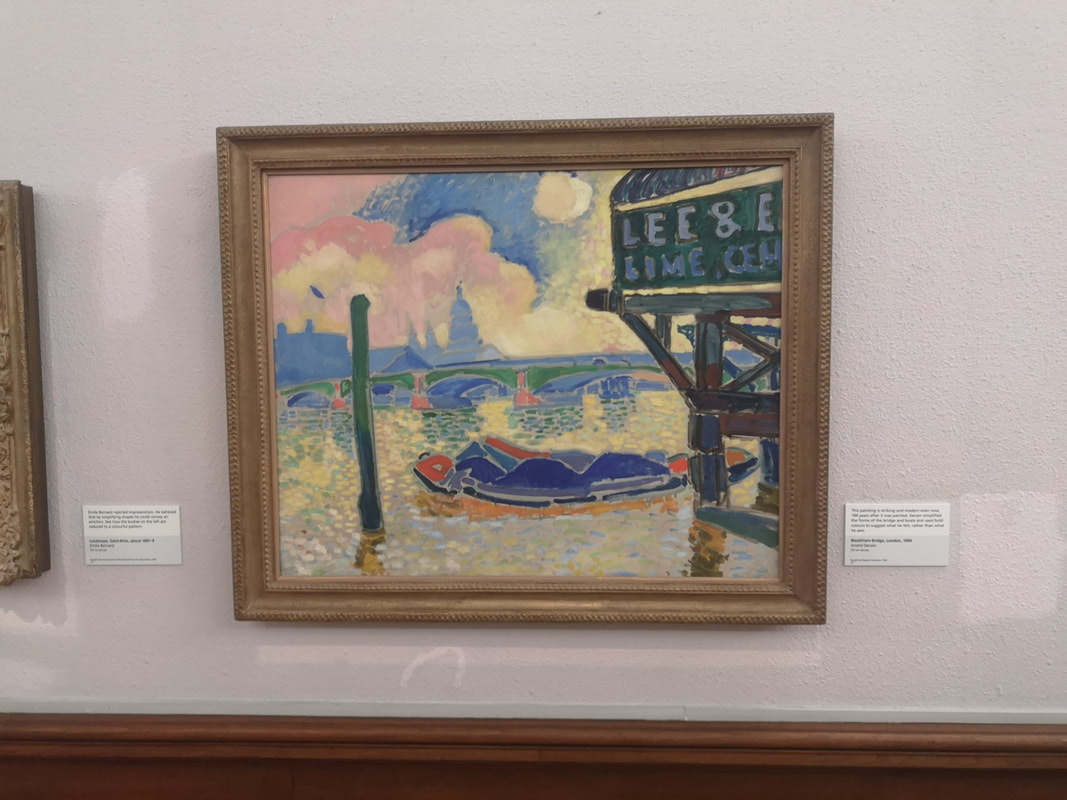
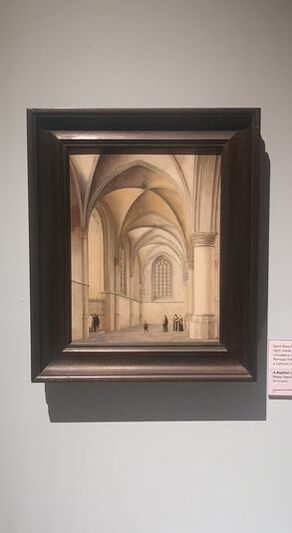
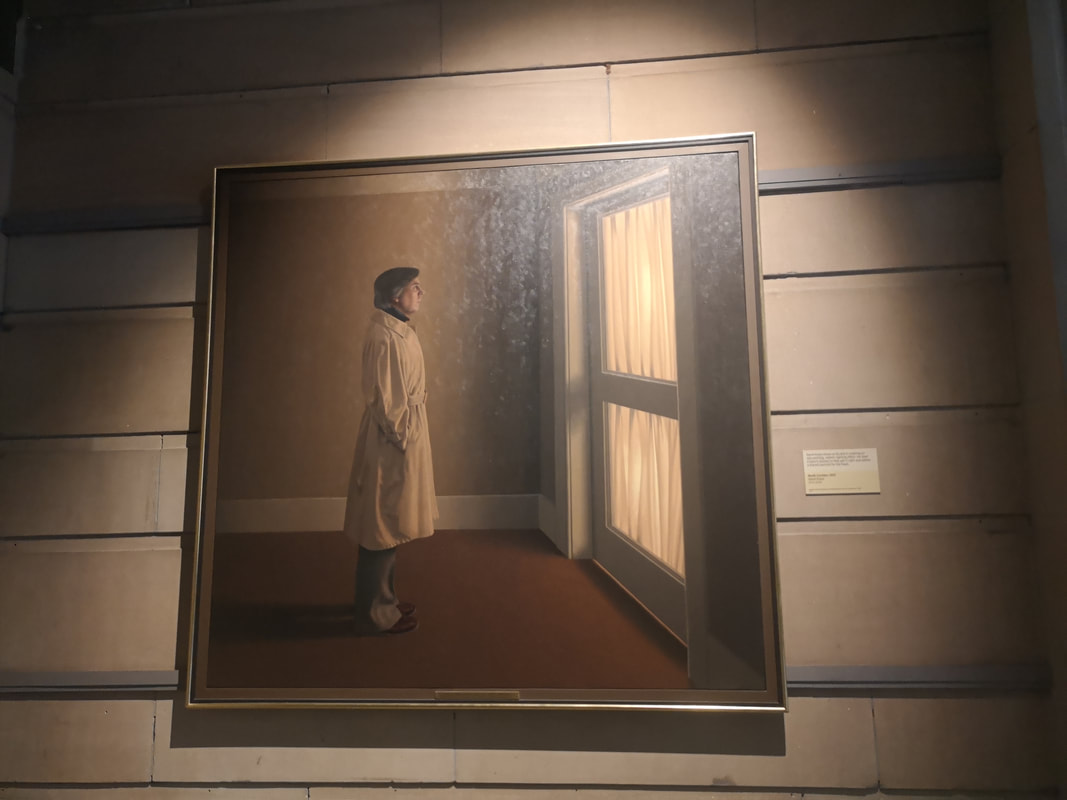
 RSS Feed
RSS Feed